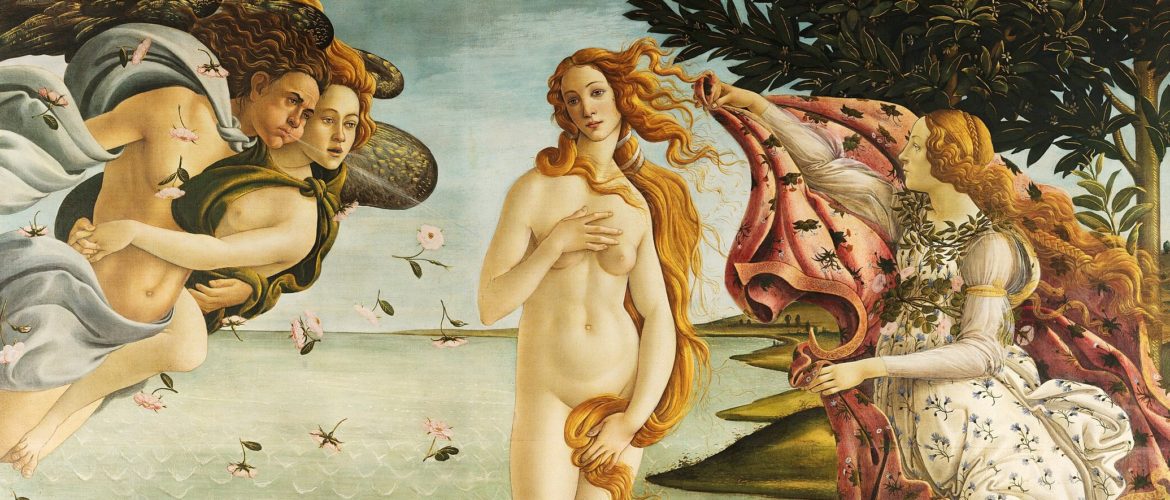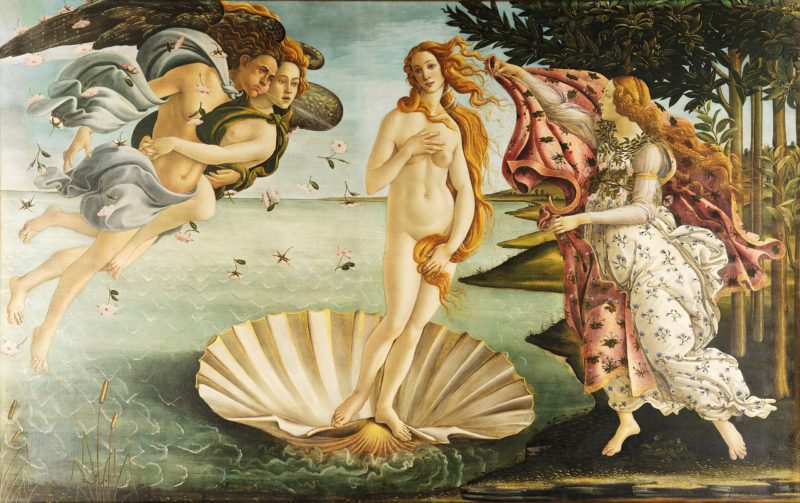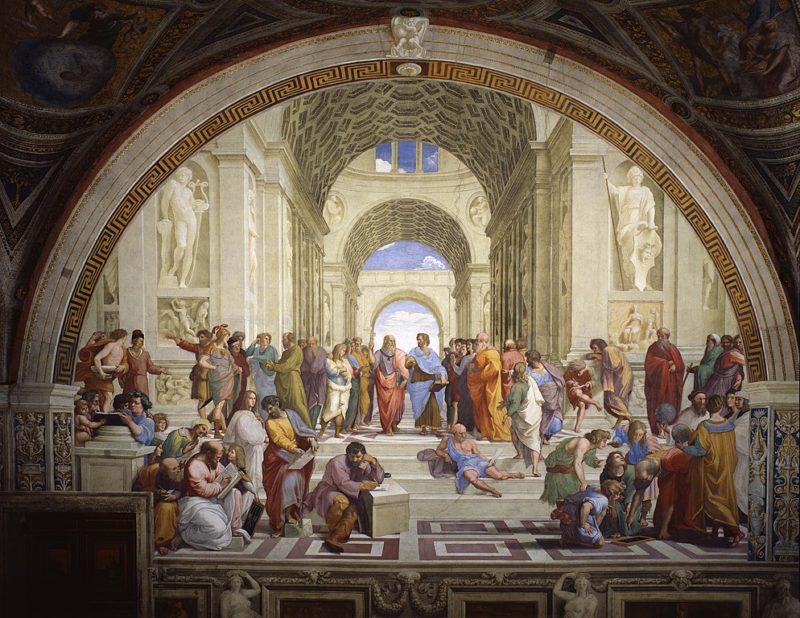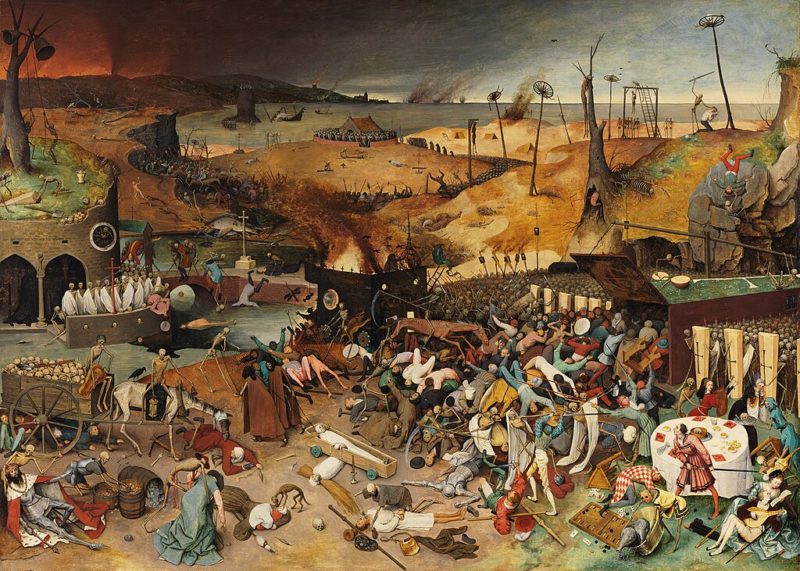Unique Esthetics and Symbolism of Famous Allegorical Paintings

Symbolism is pervasive in art, serving the goal of an artist to render more meanings than a plain depiction of an object on canvas can afford. That’s why many art geniuses of different historical periods resorted to the use of allegory, a symbolic representation of deeper moral, philosophical, religious, or political messages with mundane visual subjects. Here is a glimpse into how allegorical paintings enrich our understanding of art esthetics.
Top 3 Famous Allegorical Paintings to Transform Your Art Perception
Here are three world-famous allegorical paintings that can give you a deeper glance at how allegory works in art.
#1 Sandro Botticelli, “The Birth of Venus”
This famous 15th-century painting depicts the allegorical representation of divine beauty and love. The soft contours and color harmony, all serve the goal of depicting feminine beauty and purity. Though Sandro Botticelli depicts a specific ancient myth, his allegorical reference to all women and the mystery of pure birth is clearly traceable.
#2 Raphael, “The School of Athens”
Raphael’s “The School of Athens” depicts Plato and Aristotle, two well-known representatives of distinct philosophical schools of ancient times. Their balanced position against the backdrop of grand architectural structures is a celebration of reason and knowledge.
#3 Pieter Bruegel the Elder, “The Triumph of Death”
“The Triumph of Death” by Pieter Bruegel the Elder is a world-famous gloomy allegory of the inevitability of death and the unavoidable impact of decay and human suffering. The composition is created in dark tones, with detailed skeletal figures and chaos, all pointing to the anticipation and fear of death.
Unique Esthetics of Allegorical Art
The esthetic value of allegorical art comes from its distinctive features, such as:
- Universality. This type of art is timeless, as it explores eternal themes. People of all times have been examining death, human sin, beauty, good and evil, and the principles of morale. Thus, allegorical art often approaches these subjects to give the audiences of any historical period relevance and impact.
- Visually complex composition. Painters create multiple layers of meaning, which is attainable through intellectually and visually complex structures.
- Emotional impact. Such paintings often appeal to human emotions with rich colors and expressive scenes.
- Narrative depth. The story behind allegorical art is often beyond the visual narrative it depicts.
Though not every allegorical painting contains all of these features, each of them symbolizes a deeper spiritual or moral meaning, opening a wide range of avenues for art exploration and interpretation.



